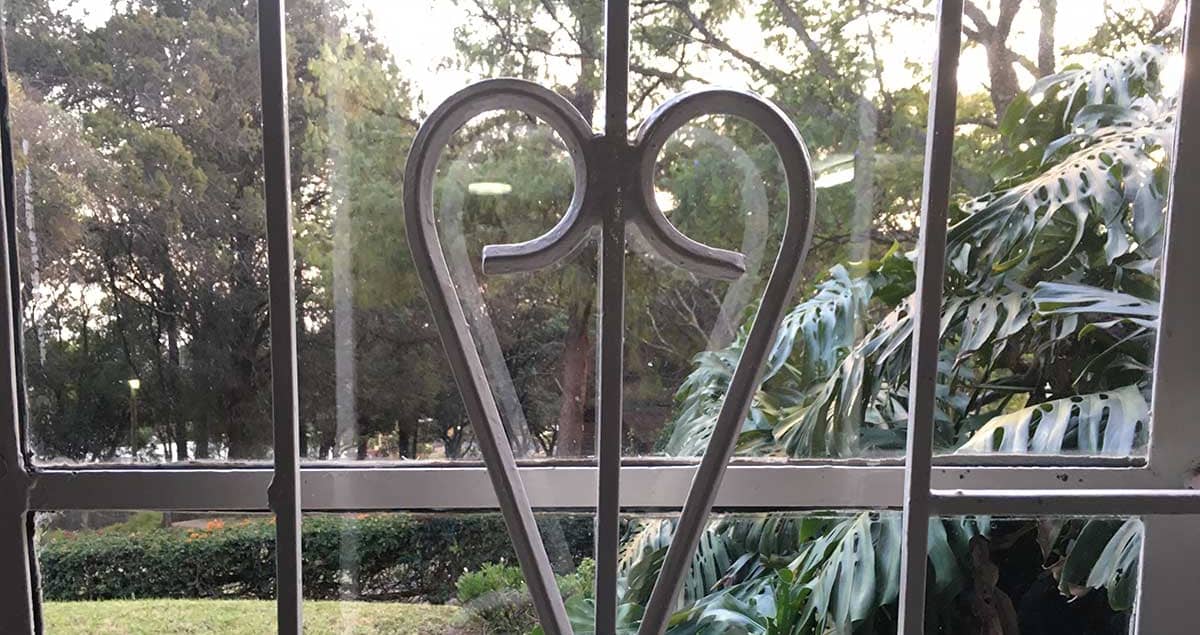Growing Tensions
What was AIM’s response to the Thuku movement? Of course they were sympathetic to the concerns of the Kenyan people, but in the end they felt that Scripture called them to encourage submission to the governing authorities (Romans 13). This decision did not go over well in the African community, which interpreted it to mean that the missionaries had sided with the white government and by stepping aside were condoning evil (of white supremacy).
This growing tension between the local Kenyan community and the missionaries was thought to be behind the gruesome murder of Hulda Stumpf, a part time staff member at RVA in 1929. There were other cultural factors going on at the time, especially in this case AIM’s stance on female circumcision, but it did serve to highlight the divide that was taking place between the two communities.
Phil Dow says there were two contradictory outcomes of the murder. First, it forced the mission to reconsider its perspective on traditional African culture and whether certain practices were actually unbiblical. Second, it introduced a wall of fear between the missionary and African communities that made fellowship and evangelism increasingly difficult.
I’m looking out the window of our apartment as I write, and see metal bars hindering what would otherwise be an amazing view. It was after the murder of Hulda Stumpf that these metal bars were installed on all missionary compound windows and makeshift alarm systems were put in place. Not exactly great ingredients for gospel partnership and growth!

